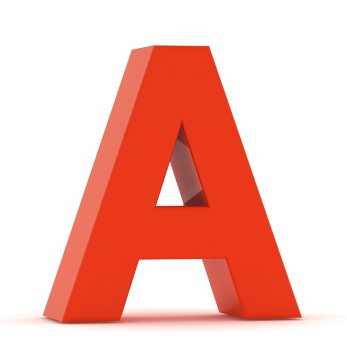Mike Cagney, the CEO of SoFi, and his staff must have been a good this year because Santa gave them a great present right before Christmas. We knew this was coming but SoFi announced earlier this week that it has completed the first public securitization for a p2p lender. It was a $152 million senior note, rated Single-A by DBRS that was sold to “top-tier institutional investors.” This is a big deal for the p2p industry.
The Ugly History of Securitizations
But what is a securitization exactly? According to Investopedia “securitization is the process of taking an illiquid asset, or group of assets, and through financial engineering, transforming them into a security”. The main kinds of securitizations have typically involved credit card debt, home mortgages, commercial loans or auto loans. The loans are pooled together and then sold to institutional investors, often being sliced up based on the risk level. One of the major causes of the financial crisis was the securitization of subprime home mortgages that were underwritten poorly and ultimately went bad.
Securitizations are often rated by major ratings agencies like Moody’s, S&P, and Fitch, but back in 2008 these agencies made huge errors of judgements and somehow forgot how to rate for risk. The prevailing “wisdom” was that through the miracle of diversification, even if you buy some crappy loans, your pool of loans will perform well overall. The banks loved it so much that they decided to buy their own products and became some of the largest holders of securitized notes. That all worked until home prices started to go south and foreclosures began happening at an unprecedented rate. When the markets went south, the securitization industry sunk faster than the Titanic and took down Lehman Brothers, Bear Stearns and Merrill Lynch with it. The world was seriously damaged by the securitization industry.
Ok – So Why is SoFi Securitizing?
Now that you know how the ugly side to the securitization industry, let’s talk about why I think SoFi is perfect for securitization. The investment world is a far different place today than it was in 2008. The banks have stopped lending, the credit ratings agencies have tightened their belts, the financial sector is even more highly regulated, and most importantly, the use of technology has begun to disrupt the traditional ways of doing banking business.
SoFi has used p2p lending to target the student lending sector. They astutely recognized that the government’s flat rate pricing for student loans makes no sense from a credit perspective. The student from Harvard Business School gets the same rate as the student from the University of Underwater Basket Weaving. No offense to the University of Underwater Basket Weaving, but one could assume that the default rates on student loans issued by that University are sky high relative to HBS. The point is, SoFi picks the schools with low default rates and refinances those students at rates that are more commensurate with their credit risk. The typical SoFi borrower is 28-31 years old, has an average annual salary of $125,000, with an average FICO of 740. This is safe, this is high quality, and this is a brilliant business model.
Why this is a Big Deal
If we fast forward to today, the idea of a ratings agency that would take a risk on a new form of securitization is almost unfathomable. The rating agencies have taken a beating for their ratings “miscalculations” from 2008. They have little appetite for creating a new form of securitization.
The fact the SoFi was able to convince DBRS to rate its security speaks volumes about the quality of the asset as well as the quality of the management team. Clearly there was no chance of getting Moody’s S&P, or Fitch to rate this deal since those agencies faced the brunt of the fallout after 2008, but Canada’s DBRS, which is the world’s fourth largest credit ratings agency, felt confident enough to take on this rating. SoFi’s notes are backed by one of the highest quality tiers of borrowers in the market and SoFi itself has been well capitalized.
Now that SoFi has successfully issued a rated security, they will be in a really great position to continually securitize their loan pools, presumably at very competitive rates, thereby driving down their cost of capital and capturing a decent spread for themselves and their investors.
What this means for the Industry
The biggest takeaway for the industry is that a participant in the p2p industry has been publicly rated for the first time. The originator (SoFi) originated high quality loans, the banker (Morgan Stanley) pooled and sold those loans, the ratings agency (DBRS) rated the security, and the insurance companies and pension funds (the institutional market) chose to make the investment. SoFi follows behind Eaglewood and Insikt, which have completed smaller scale private (non-rated) securitizations based on Lending Club and Prosper notes, respectively.
While the individual retail investor may feel somewhat removed from this deal, and indeed they are, what this means for every investor is another step in the maturation of this new asset class. This will lead to more stability and higher profits for the platforms that should mean more opportunities for all investors, retail and institutional alike.


